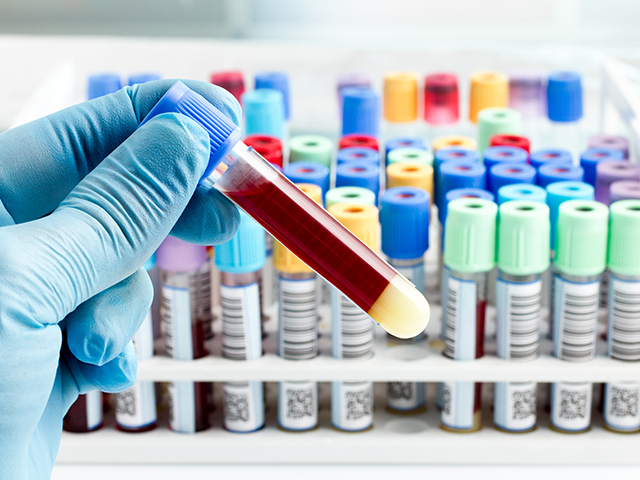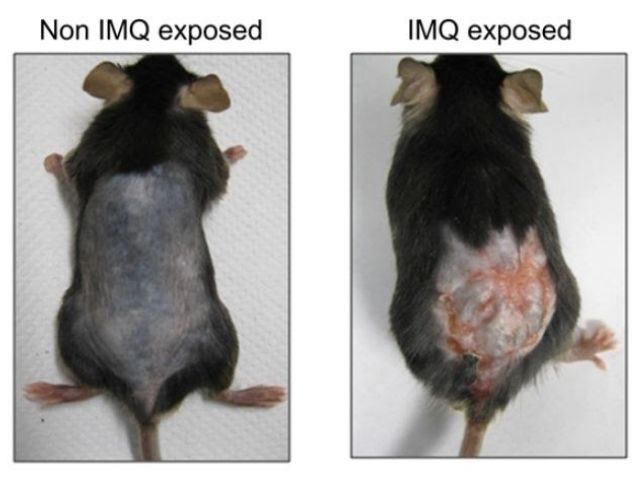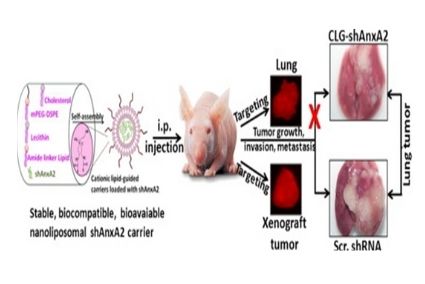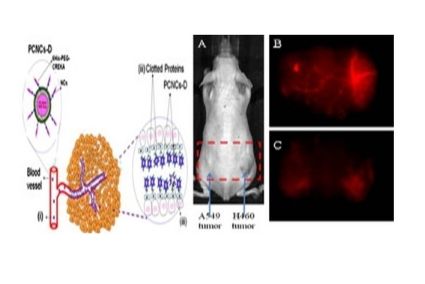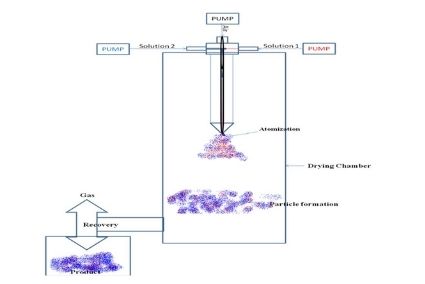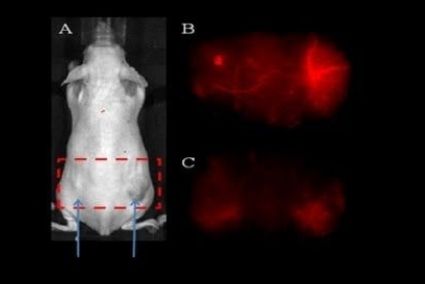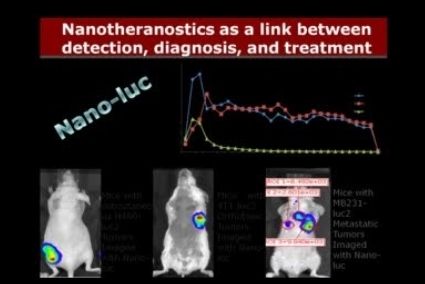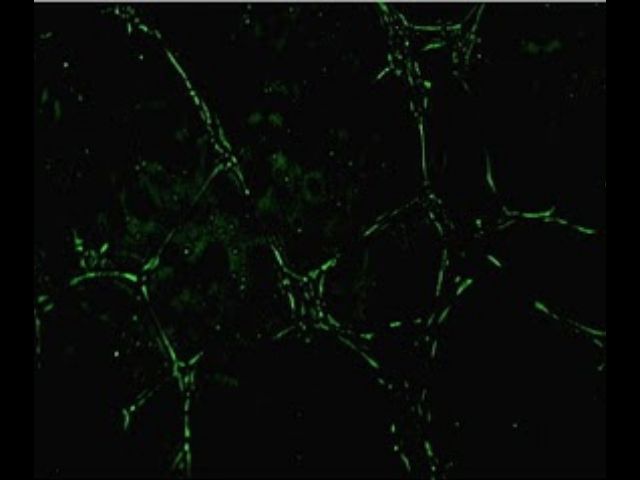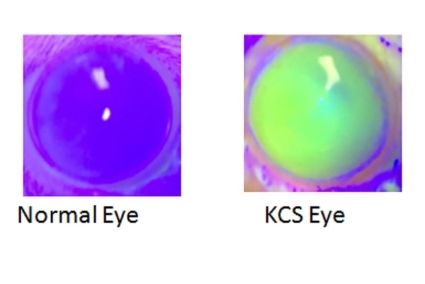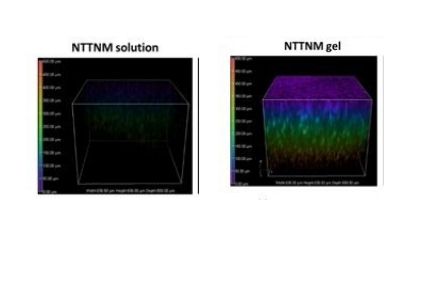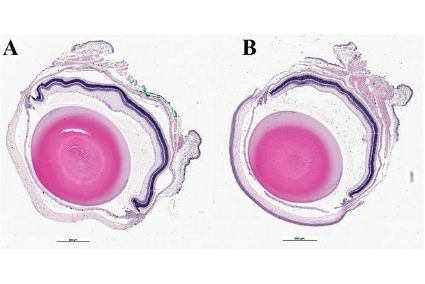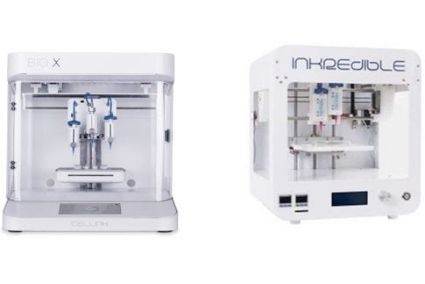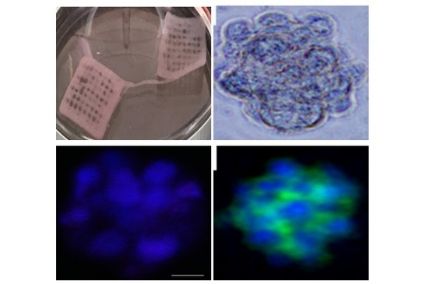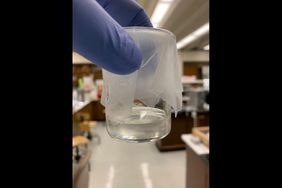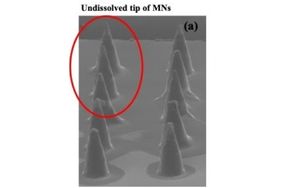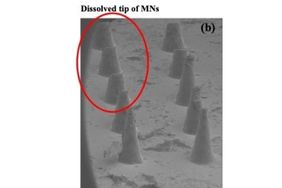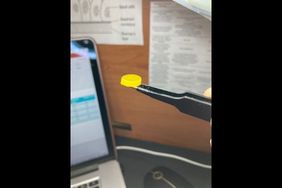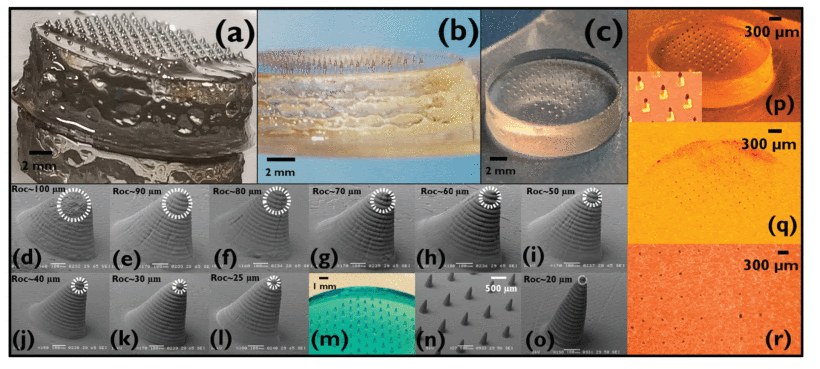BILAYERED POLYMERIC NANOPARTICLES FOR COMBINATION THERAPY:
Bilayered polymeric nanoparticles (NPS) are prepared for combination therapy. These NPS are prepared using poly(lactic-co-glycolic acid (PLGA) and chitosan, encapsulating one drug in the PLGA core. In contrast, another drug is encapsulated into a chitosan coat. However, these nanoparticles were unable to reach the deeper skin layers. Therefore the surface of NPS was modified with oleic acid (OA), FDA approved penetration enhancer. During our human skin permeation experiments, we have noted that the surface modification of the NPS with oleic acid (NPS-OA) is responsible for the significant improvement in the spantide (SP) and ketoprofen (KP) delivery to the deeper skin layers.
SP is an anti-inflammatory peptide (MW 1668.76) that antagonizes the neurokinin-1 receptors and thus inhibits the inflammatory response associated with substance-P. KP is a potent non-steroidal anti-inflammatory drug (NSAID) that inhibits arachidonic acid metabolism by potent inhibitory action on cyclooxygenase.
NANOSTRUCTURED LIPID CARRIERS FOR PERCUTANEOUS DRUG DELIVERY:
For percutaneous drug delivery, various lipid carriers such as liposomes solid lipid nanoparticles (SLN) have been well studied. However, liposomes have limitations in their a) physical stability problems with liposomes and b) high costs for effective large-scale production. Similarly, SLNs limit drug expulsion from the carrier and determine drug loading capacity. To overcome this, the second generation of lipid nanoparticles, nanostructured lipid carriers (NLCs), has been developed using the blend of solid lipids and liquid lipids (oils). NLCs have higher loading capacity and lower drug leaching in storage than SLN.
In our efforts to enhance the delivery of NLCs into the deep epidermis, we have already shown that a well-known Cell-penetrating peptide (CPPs), transactivating transcriptional activator (TAT), when linked to nanoparticles, has the potential to carry the payloads across the skin layers. We are screening different CPPs to enhance drug delivery to the deep epidermis. Further, this approach was used to deliver a peptide, spantide II, and small molecule, ketoprofen, together to treat skin diseases like allergic contact dermatitis (ACD).




